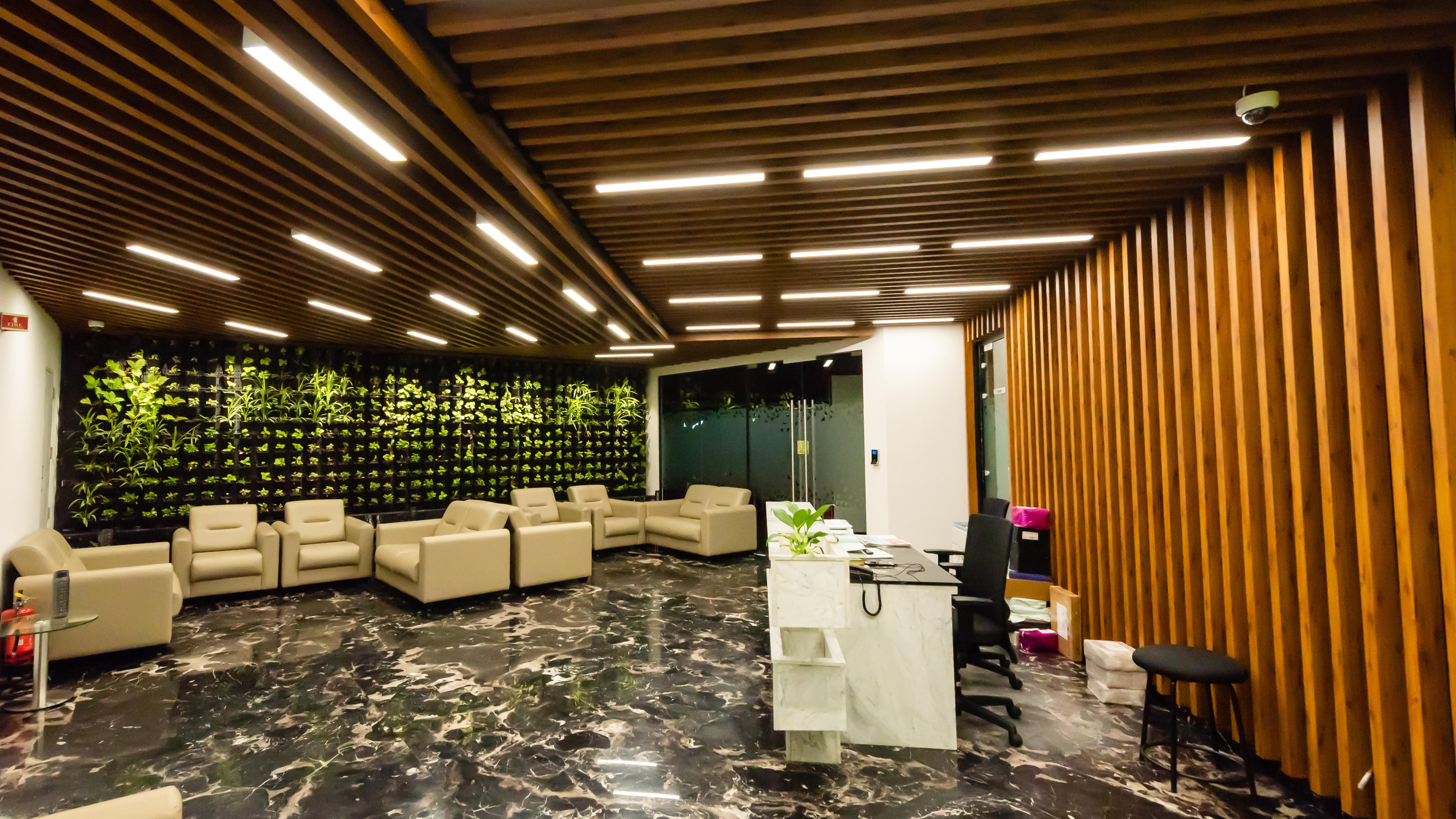The concept of IoT and a new future has been proclaimed long back but the conceptual applications and the real-world implementation are two different things, hence there is a gradual but steady increase in use-cases around us, even in our workplaces.
In the case of a business, adopting new technologies comes with evaluating need, planning, budgeting, risk assessment and a perceived return of investment, which makes the decision process slower.
However, if it becomes a norm and the benefits are evident, then more and more businesses would embrace the concept rapidly. Now we are in a threshold where people, machines, devices, sensors and businesses connect and interact seamlessly on many occasions.
The world is more connected now and adapting technologies that are intelligent to drive efficiency, safety and comfort to our daily routines.
With easy access to the Internet, devices like smartphones, sensors and intelligent devices embedded with powerful software have enabled emerging and connected technologies redefine what is possible.
Smartphones have already changed the meaning of workplace by bringing the power of portability and mobility to every aspect of our life. Boundaries are getting pushed as an ecosystem of wearable devices, digital assistants and in near future, self-driven vehicles can help us how and where to conduct our business.
Similarly, the buildings are becoming more connected and smarter as well. A transformed space with connected systems is helping employees and technology function in unison to improve business workflows, user experiences, and solve real business problems while maximizing the benefits of enterprise infrastructure.
The application of IoT in the workspace is quite evident nowadays and here are some popular applications that are getting widely adopted across the modern offices in recent times:
Smart Lighting
Combination of IoT sensors and devices can be used as energy management systems that enable us to have more control over the efficiency and consumption of power in the office space. Illumination of a particular area based on human presence can save energy to a greater extent, plus controlling the window shades and configuring the colour and intensity of light can cut back on waste and improve the ambience.
Building Security
Smartphone apps are quickly replacing the conventional lock & keys and even the access cards to a cloud-enabled access control system. This system provides advanced control over granular access of individuals and helps the admins set automated rules. It can also be integrated with other workload systems to assess productivity, overtime and employee activities.
Climate Control
Smart thermostats control HVAC (Heating, ventilation, and air conditioning) settings to adjust the level of comfort as per the preference of the room’s occupants. The systems keep optimizing the temperature based on various factors (weather to employee preferences) with the objective to keep the interior most comfortable and save on the energy bills.
Digital Assistants
Alexa for Business is a graduated version of the digital home assistant, equipped with more than 10.000 business skills. It can create a network of shared devices distributed across various work locations and manage a range of work like calendar entries, resource booking and scheduling the calls. It also integrates with business applications like Splunk, Salesforce or Concur to access information and provide seamless functioning.
Architects and designers are now at the forefront to implement the next-gen technologies in the workspace and have better insights into the pros and cons of the investment versus benefits.
Hidecor has always been a beacon of tech implementation and has been a pioneer to provide consultation to startups as well as large corporates in building up a smart workspace. We keep in mind the limitations, practicality and objectives of a specific business before layout a plan for them.
We think IoT has the power to improve the workspace experiences and enable employees to make more autonomous choices. Our aim is to develop workspace strategies that improve business efficiency and provide a competitive advantage by combining the best of design and technology.


